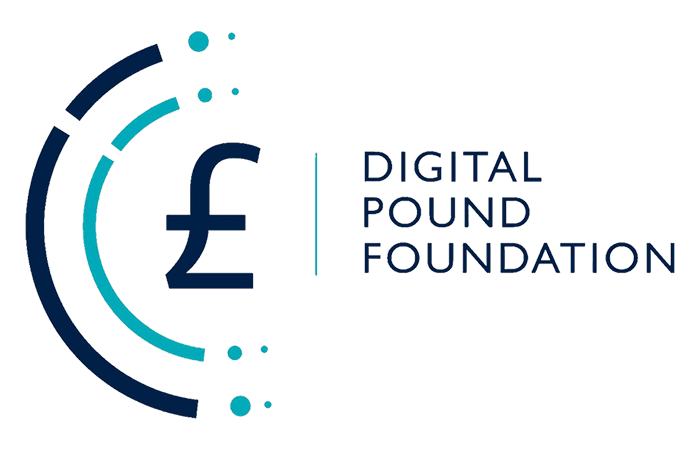Original Source: European Central Bank (ECB)
Abstract
This paper provides a structured overview of the burgeoning literature on the economics of CBDC. We document the economic forces that shape the rise of digital money and review motives for the issuance of CBDC. We then study the implications for the financial system and discuss of a number of policy issues and challenges. While the academic literature broadly echoes policy makers’ concerns about bank disintermediation and financial stability risks, it also provides conditions under which such adverse effects may not materialize. We also point to several knowledge gaps that merit further work, including data privacy and the study of end‐user preferences for attributes of digital payment methods.
Non‐technical summary
Currently, all major central banks around the world are exploring the case for introducing central bank digital currency (CBDC). Policy makers’ interest has been fueled by the secular decline in the use of cash and the proliferation of digital payments, which pose significant challenges to the status quo of the current financial system. Unsurprisingly, the policy debate has sparked interest in the academic community and led to a rapid growth of research on the wider implications of a CBDC introduction.
This paper provides a structured overview of the burgeoning literature on the economics of CBDC. It reviews the developments that have led to the rise of digital money, followed by a synthesis of the various economic motives that have been put forward for the introduction of a CBDC. We point out how network externalities that are present in the use of a medium of exchange are reinforced by the access to data that arise from trading on large platforms. These network externalities could lead to a dominance of BigTech companies in the payments market, providing a motivation for central banks to introduce CBDC.
The paper then proceeds to review the potential implications for two key themes of interest for the central banking community, namely monetary policy and financial stability. We argue that public digital money in form of a CBDC could replace banknotes as the monetary anchor of today’s two‐layer monetary system and help retaining monetary sovereignty if global stablecoins became widely used. A much‐debated issue is privacy in payments, where we argue that market forces on their own are unlikely to lead to an optimal degree of privacy. We then go on to explore the interactions of a CBDC with monetary policy transmission and implementation. The main implications arise from the substitution of bank deposits for CBDC and the resulting changes in banks’ funding structure. When issuing a CBDC, central banks need also to be aware of potential consequences for the size and structure of their own balance sheets. Regarding financial stability, a CBDC could – on the one hand – increase the probability of a bank run but might – on the other hand – incentivise banks to offer more attractive deposits, giving rise to a potentially non‐linear relationship between CBDC remuneration and bank stability.
The remainder of the paper contains a discussion of key policy issues and challenges such as regulation and incentives for adoption of a CBDC, and highlights a number of takeaways that emerge from the review of the literature.
Importantly, the paper focuses on the topic of a “retail CBDC” accessible to citizens and non‐financial firms. It does not touch upon a parallel debate about “wholesale CBDC” intended for use by financial intermediaries.
























































